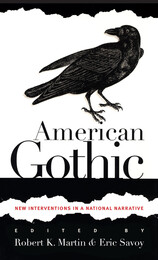
In America as in Britain, the rise of the Gothic represented the other—the fearful shadows cast upon Enlightenment philosophies of common sense, democratic positivism, and optimistic futurity. Many critics have recognized the centrality of these shadows to American culture and self-identification. American Gothic, however, remaps the field by offering a series of revisionist essays associated with a common theme: the range and variety of Gothic manifestations in high and popular art from the roots of American culture to the present.
The thirteen essayists approach the persistence of the Gothic in American culture by providing a composite of interventions that focus on specific issues—the histories of gender and race, the cultures of cities and scandals and sensations—in order to advance distinct theoretical paradigms. Each essay sustains a connection between a particular theoretical field and a central problem in the Gothic tradition.
Drawing widely on contemporary theory—particularly revisionist views of Freud such as those offered by Lacan and Kristeva—this volume ranges from the well-known Gothic horrors of Edgar Allan Poe and Nathaniel Hawthorne to the popular fantasies of Stephen King and the postmodern visions of Kathy Acker. Special attention is paid to the issues of slavery and race in both black and white texts, including those by Ralph Ellison and William Faulkner. In the view of the editors and contributors, the Gothic is not so much a historical category as a mode of thought haunted by history, a part of suburban life and the lifeblood of films such as The Exorcist and Fatal Attraction.
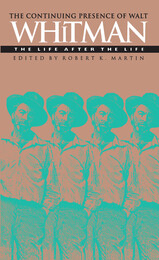
The “continuing presence” that Whitman’s readers have created is as diverse as those readers themselves. But he is, as he promised, everywhere: “Missing me one place search another / I stop somewhere waiting for you.” The central figure of American poetic history, he has been a formative presence in the work of black writers in America and Europe, in the development of women’s poetry that has learned from him to celebrate the body, and of course in the emergence of the gay literary tradition, all of which can be linked to movements of political change. Whitman helped make it possible to be a black poet, a female poet, or a gay poet, partly because he saw himself not as a model but as an enabler. He still continues to challenge our assessment of our sexuality and the ways we organize it. Martin’s collection is particularly strong on the investigation of Whitman’s homosexuality, his homotexuality, and his influence on gay writers and will clearly become the most aggregative gathering of essays ever published on this increasingly prominent aspect of Whitman and his work.
The Continuing Presence of Walt Whitman seeks to be an intervention and not merely a reflection; it is intended to illuminate a response that continues to take place, a constant invention and reinvention, a writing and rewriting that echo Whitman’s own text of Leaves of Grass. Whitman remains an originating force. Once read, he will not go away.
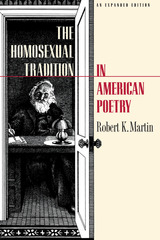
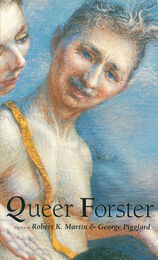
Many previous critics of Forster downplayed his homosexuality or read Forster naively in terms of gay liberation. This collection situates Forster within the Bloomsbury Group and examines his relations to major figures such as Henry James, Edward Carpenter, and Virginia Woolf. Particular attention is paid to Forster's several accounts of India and their troubled relation to the British colonial enterprise. Analyzing a wide range of Forster's work, the authors examine material from Forster's undergraduate writings to stories written more than a half-century later.
A landmark book for the study of gender in literature, Queer Forster brings the terms "queer" and "gay" into conversation, opening up a dialogue on wider dimensions of theory and allowing a major revaluation of modernist inventions of sexual identity.
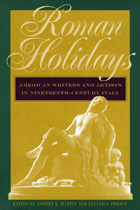
READERS
Browse our collection.
PUBLISHERS
See BiblioVault's publisher services.
STUDENT SERVICES
Files for college accessibility offices.
UChicago Accessibility Resources
home | accessibility | search | about | contact us
BiblioVault ® 2001 - 2024
The University of Chicago Press









